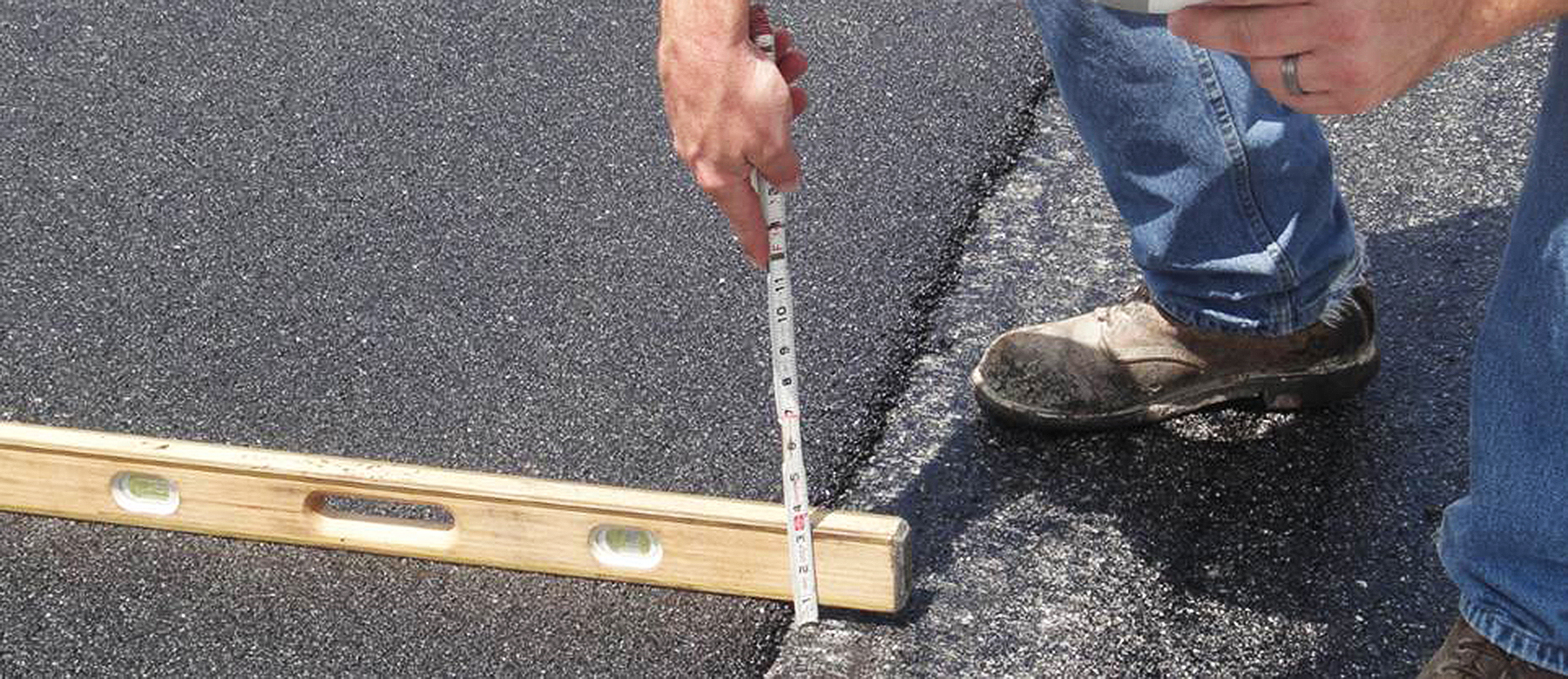Unlocking the Keys of Hot Mix Asphalt Technology
Discovering the depths of hot mix asphalt innovation uncovers a globe where thorough processes and exact formulations merge to shape our roads and facilities. The combination of accumulations, fillers, and binders isn't simply a building job however a tactical orchestration of longevity and performance.
Significance of Warm Mix Asphalt
Hot Mix Asphalt plays an important role in modern infrastructure advancement because of its longevity and cost-effectiveness. As one of the most generally utilized paving material for roads, freeways, and car park, Warm Mix Asphalt offers a range of benefits that add to its relevance in construction projects. One key advantage is its capacity to hold up against hefty web traffic lots and extreme climate condition, providing a reputable and long-lasting surface for transportation networks. Furthermore, Warm Mix Asphalt is cost-efficient in both initial building and lasting upkeep, making it a recommended selection for many framework tasks.
The resilience of Warm Mix Asphalt stems from its composition, which consists of aggregates, binder, and filler products that are thoroughly picked and mixed to satisfy specific efficiency needs. In general, the relevance of Warm Mix Asphalt in infrastructure advancement can not be understated, as it continues to be a keystone of contemporary building practices.
Elements of Asphalt Mixes
The make-up of asphalt mixes is composed of very carefully picked accumulations, binder, and filler products that are crucial for accomplishing particular efficiency requirements. Accumulations are the primary element of asphalt blends, offering toughness and security. These aggregates can be all-natural, such as gravel or smashed stone, or synthetic, like recycled materials from old sidewalks. The binder, commonly asphalt or asphalt cement, holds the aggregates together and gives flexibility and toughness to the mix. The option of the binder is crucial as it straight influences the mix's performance in various climate condition. Fillers, such as moisturized lime or Portland cement, are made use of to enhance the mix's workability and aging resistance. Angled Parking.
The mix and proportion of these components play a significant duty in determining the top quality and performance of the asphalt mix. Designers carefully make the mix to fulfill details needs, taking into consideration variables like web traffic volume, environment conditions, and pavement life expectancy. Correct choice and balancing of accumulations, binder, and fillers are crucial for developing durable, lasting asphalt sidewalks.
Combining and Manufacturing Techniques

When the aggregates are selected, the binder, typically asphalt concrete, is added to bind the products with each other. The binder's quality and quantity dramatically impact the mix's flexibility, resistance, and toughness to environmental aspects. In addition, fillers like moisturized lime or Portland concrete might be included to boost particular attributes of the asphalt mix, such as its workability or moisture resistance.
During manufacturing, the aggregates and binder are heated up, generally between 250-325 ° F(121-163 ° C ), to promote blending and make sure appropriate finishing of the accumulations. The blending procedure has to be comprehensive to attain a homogeneous blend that promotes the desired efficiency characteristics of the asphalt. Numerous methods, such as set mixing or drum blending, are employed to attain top quality and regular asphalt blends for building tasks.
Aspects Impacting Asphalt Efficiency
Variables influencing asphalt performance incorporate a series of variables that influence the durability, durability, and total high quality of asphalt sidewalks. One key variable is the top quality of materials used in the asphalt mix. The kind and resource of aggregates, the binder quality, and the additives all play a substantial role in figuring out the performance of the asphalt pavement. The gradation of aggregates is critical as it affects the mix's resistance, workability, and stability to rutting and breaking.

Ecological conditions additionally affect asphalt performance. Temperature variations, moisture infiltration, and website traffic look at this site loads can all impact the architectural integrity of the sidewalk. Style considerations, such as sidewalk density and water drainage, are necessary in ensuring the long-lasting efficiency of the asphalt sidewalk. By meticulously thinking about these professionals, designers and variables can maximize asphalt performance and enhance the service life of pavements.
Sustainable Practices in Asphalt Technology

In addition, the development of warm-mix asphalt (WMA) innovations has acquired traction recently. WMA allows for the production and positioning of asphalt blends at reduced temperature levels contrasted to traditional hot-mix asphalt, resulting in minimized power usage and greenhouse gas discharges. The usage of porous asphalt blends can aid minimize stormwater drainage problems by enabling water to penetrate with the sidewalk and into the ground, advertising natural water filtration and charge processes. By implementing these sustainable practices, the asphalt sector can contribute to developing an extra durable and eco friendly infrastructure network.
Verdict
To conclude, hot mix asphalt innovation plays a crucial duty in modern facilities growth due to its resilience and cost-effectiveness. By carefully balancing elements, employing correct mixing methods, and considering various aspects, engineers can create top notch asphalt blends that withstand rush hour lots and extreme climate problems. Accepting lasting practices, such as using warm-mix innovations and recycled products, further boosts the environmental friendliness of asphalt innovation.
Blending and production techniques in hot mix asphalt technology entail the precise combination and handling of accumulations, binder, and fillers to produce a high-performance anchor and durable asphalt mix.Elements affecting asphalt efficiency include an array of variables that influence the resilience, longevity, and total quality of asphalt sidewalks. Lasting practices in asphalt modern technology encompass various initiatives aimed at decreasing the environmental impact of asphalt production and paving processes. By integrating recovered asphalt pavement (RAP) and recycled asphalt tiles (RAS) right into brand-new asphalt mixes, the industry can substantially minimize the usage of raw products and energy, while also decreasing landfill waste.
WMA allows for the manufacturing and positioning of asphalt blends at lower temperatures contrasted to conventional hot-mix asphalt, resulting in decreased energy intake and greenhouse gas exhausts.